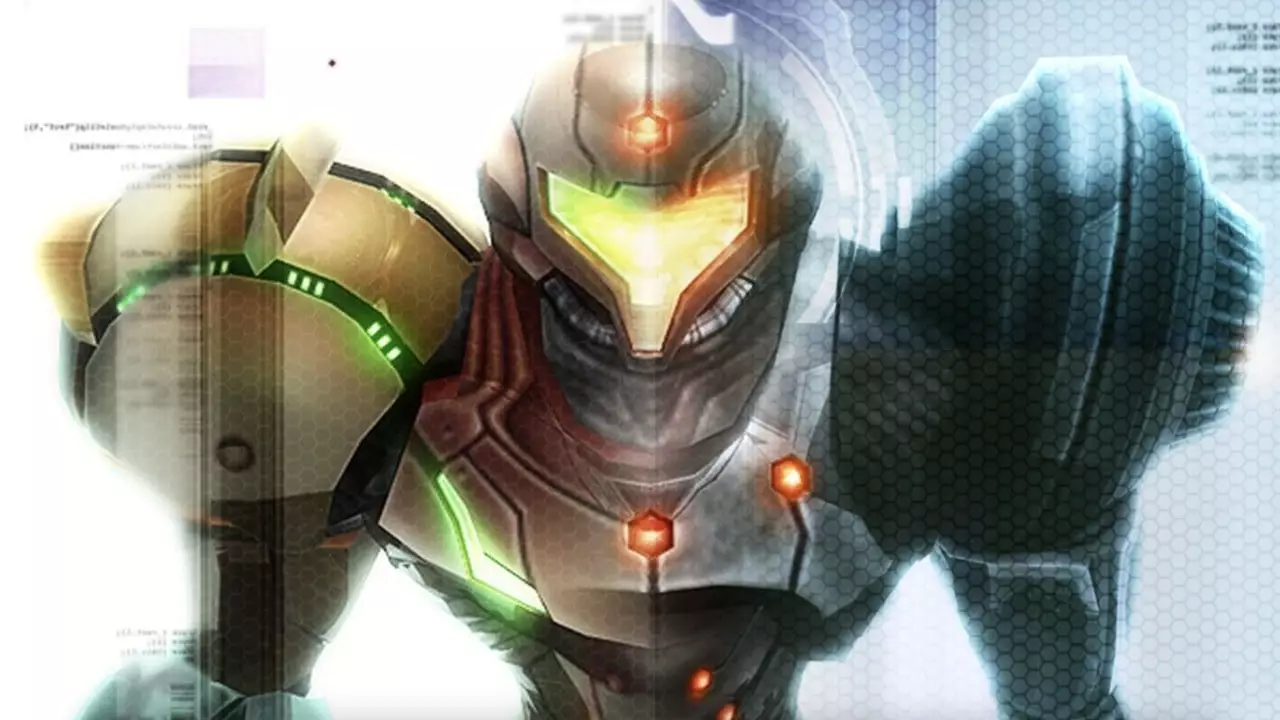When it comes to video game sequels, few titles face the daunting shadow of their predecessors like Metroid Prime 2: Echoes. Emerging from the groundbreaking success of the original Metroid Prime, released in 2002, Retro Studios had the monumental task of extending the boundaries of a beloved franchise while navigating the challenging transition into an innovative 3D environment. Rather than simply replicating its predecessor’s formula, Metroid Prime 2 took daring steps towards reimagining gameplay mechanics and deepening the storytelling, albeit with mixed results.
A Journey Through Parallel Worlds
One of the most striking aspects of Metroid Prime 2 is its groundbreaking introduction of parallel worlds, specifically the contrasting realms of Aether and Dark Aether. While the concept of dual realities is hardly exclusive to video games—think of classics like The Legend of Zelda: A Link to the Past—the way Echoes employs this mechanic is astoundingly fresh and immersive. Players must navigate the hazardous environment of Dark Aether, characterized by a toxic atmosphere that adversely affects protagonist Samus Aran’s health if she lingers too long in it. This twist not only alters the pace of exploration but also necessitates a more strategic approach, pushing players to rely on temporary “safety bubbles” that provide moments of respite.
The urgency this mechanic instills is palpable, particularly for newcomers to the series who may have grown accustomed to the slower-paced exploration of the original Metroid Prime. In contrast to the tranquil settings of Aether, where players are encouraged to explore and engage with their surroundings, Dark Aether instills a sense of dread that enhances the emotional stakes of the journey. This stark tonal shift showcases Retro Studios’ ambition—a willingness to subvert player expectations in pursuit of a richer, more engaging experience.
While the mechanics of Metroid Prime 2 are undoubtedly praiseworthy, its visual design leaves a bit to be desired when compared with its predecessor. The original game’s environments were celebrated for their breathtaking vistas and intricate attention to detail; however, Echoes presents a more subdued palette. Dark Aether’s grimmer aesthetic, filled with foreboding purple tones and intimidating foes like the Warrior Ing, contributes significantly to a sense of unease, yet it also lacks the diverse and dynamic biomes that made the original so immersive.
Some critics argue that Echoes doesn’t quite reach the visual heights of its predecessor, especially in terms of environmental variety, but it’s vital to recognize the unique challenges posed by its ambitious gameplay mechanics. The game encourages constant movement through its worlds, prioritizing exploration without the traditional markers typically associated with Metroid games. This challenges players to adapt their strategies and think creatively, and for some, it cannot be overstated how these design choices affect the overall player experience.
One of the most contentious mechanics introduced in Metroid Prime 2 is the safety bubble system, which has drawn its fair share of criticism over the years. While it serves a functional purpose by encouraging movement and strategy, detractors argue that it can feel cumbersome and may detract from the exploration experience. Similarly, the notorious Spider Guardian boss battle is often cited as an example of frustrating gameplay design that stands out in an otherwise solid title.
Yet, it’s essential to recognize that even amidst its flaws, Metroid Prime 2 offers substantial improvements over its predecessor. With a refined gameplay loop, enhanced armor and weapon upgrades for Samus, and faster travel through the game’s expansive worlds, Echoes stands as a bold testament to Retro Studios’ creativity and willingness to explore new territory.
Despite its mixed reception, Metroid Prime 2: Echoes remains a cherished title for many franchise fans. It’s a game that deserves a standing alongside the excellent remaster of the original. The appeal of Echoes lies in its ambition, its willingness to break new ground, and its unique dual-world mechanic, all of which make it a worthy chapter in the Metroid saga. Nintendo should consider reinstating this hidden gem in the public eye—its unique features and improved mechanics make it deserving of a second glance, especially with modern gaming sensibilities that have more readily embraced narrative complexity and environmental storytelling.
Overall, Metroid Prime 2 is a game that stands as a testament to the bravery of developers willing to step beyond the comforts of success. Its impact may be divisive, but it remains an exploration of creativity and a pivotal moment for the Metroid franchise that shouldn’t be overlooked. Whether loved or loathed, Echoes invites players on a remarkable journey that challenges their notions of exploration, contrast, and game design itself.

